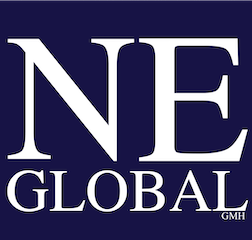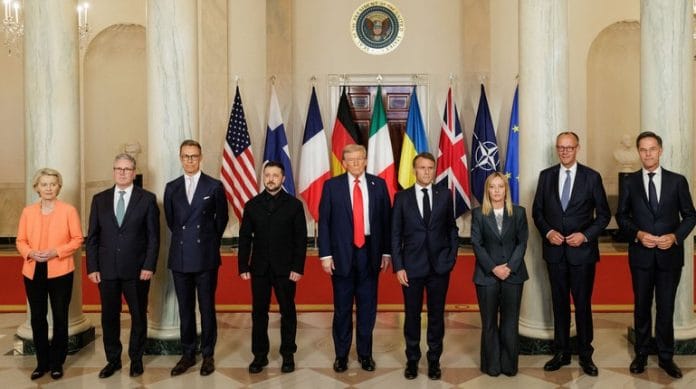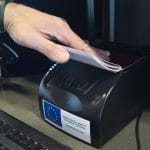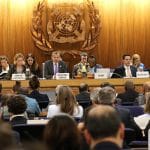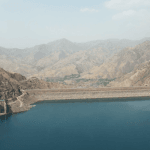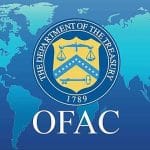U.S. President Donald Trump’s summer of disrupting almost everything is now winding down with major peace agreements still eluding him, along with a potential Nobel Prize, and with much work ahead on many of his threat-driven bilateral trade negotiations.
The hastily arranged but headline grabbing Trump-Putin Anchorage summit on August 15 produced little in terms of ending the fighting in Ukraine and was generally seen as a win for Putin, specifically by ending the diplomatic isolation he has suffered since invading Ukraine in 2022. After the meeting, Trump however posted that “an overall peace agreement — and not a ceasefire — is the next step,” signaling a worrying departure from the previous U.S. and allied stance.
And of course, after Anchorage, there has been very little mention by Trump of his previously threatened secondary sanctions/tariffs on Russia’s oil trade partners, except for India, which has now been hit with 50 percent U.S. tariffs thanks to its continuing massive oil purchases from Russia. This is a special case, since trade talks with India were already proceeding on an independent and contentious negotiating track as Trump’s negotiators have worked to crack open India’s highly protected agricultural sector for U.S. farm exporters with little success, making the new sanctions/tariffs a useful signal to both New Delhi and Moscow.
Fortunately, the lack of other concrete results at Anchorage actually constituted good news for Ukraine, Europe and most of the world as it, momentarily at least, appeared to rule out Trump’s pre-emptive surrender to Moscow that many had feared was the essence of Washington’s current highly transactional strategic approach.
Action focused on Trump’s White House
Even before Trump had returned to Washington from Anchorage, he was able to summon Ukrainian President Volodymyr Zelenskyy to the White House for an August 18 read-out of his negotiations with Putin, and the next phase of the peace initiative. What followed in the hours and days after Anchorage was nothing short of amazing in terms of U.S.-EU diplomacy. As word of Zelenskyy’ s Washington meeting emerged, EU leaders and a few others lined up in support of Ukraine and announced they were all heading to Washington for the Trump-Zelenskyy discussions. In addition to Zelenskyy (who met briefly alone with Trump), attending the August 18 White House Ukraine mini-summit were British Prime Minister Keir Starmer, France’s President Emmanuel Macron, Italy’s Prime Minister Giorgia Meloni, Germany’s Chancellor Friedrich Merz, Finland’s President Alexander Stubb, European Commission President Ursula von der Leyen and NATO Secretary General Mark Rutte.
Ultimately the visitors’ unity in rejecting Vladimir Putin’s demands for territorial concessions in Ukraine’s war-devastated Donbass region to end the fighting, which Trump had appeared to be echoing, put a definite end to the Trump team’s unfounded hopes for a quick peace deal without full Ukrainian or European agreement.
Trump has repeatedly been in contact with Putin since August 18 over the timing of a Zelenskyy-Putin bilateral meeting, as well as a trilateral meeting including Trump to follow that up. The Russian side has stated that time is needed to prepare for such meetings, and no time or venue has yet been announced. When asked, Trump has shown increasing signs of displeasure with Putin’s responses and the Russian side’s insertion of difficult preconditions concerning the next phase of the peace initiative. Trump has even started to comment about a possible new U.S. sanctions deadline for early September in the event the meetings with Russia do not materialize.
Security guarantees for Ukraine will be critical
The question of security guarantees for post-war Ukraine was front and center in the Washington discussions, with Trump promising U.S. participation but not necessarily agreeing to deployment of any American ground forces, a process Trump hopes will be managed by European NATO members. NATO’s Military Committee, with 32 defense chiefs from across the alliance, has been holding frequent video conferences amid the ongoing diplomatic push to flesh out the issue of security guarantees.
Ultimately, assurances that Ukraine will not be invaded again in the future will be critical to get Ukraine, presumably locked outside of NATO, to sign on to any peace deal with Russia. In recent days, Trump’s envoys Steve Witkoff and Keith Kellogg have both reiterated that U.S. officials are working “very, very hard” on peace solutions. However, progress remains slow amid continued hostilities which show no signs of abating, and if Russian aerial attacks on Ukraine’s cities in recent nights are any indication, the space for active Trump-style diplomacy is actually being reduced.
After the wide-ranging drone and missile attacks Russia launched on August 27, killing at least 23 people and damaging numerous residential and foreign diplomatic buildings in Kyiv, Ukraine declared August 29 as a day of mourning, something important but not that unusual in the course of this war.
“Russia chooses ballistics instead of the negotiating table,” President Zelenskyy said on X, calling for new sanctions on Russia. “It chooses to continue killing instead of ending the war.” Italian Prime Minister Meloni said the day after the attacks: “The intense attacks on Kyiv last night demonstrate who stands on the side of peace and who has no intention of believing in the negotiating path.”
